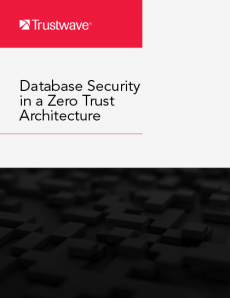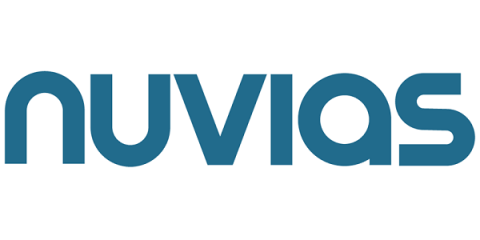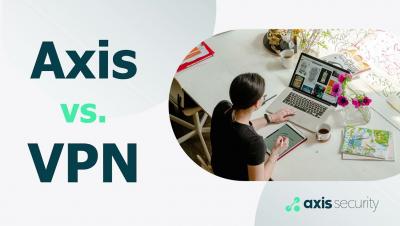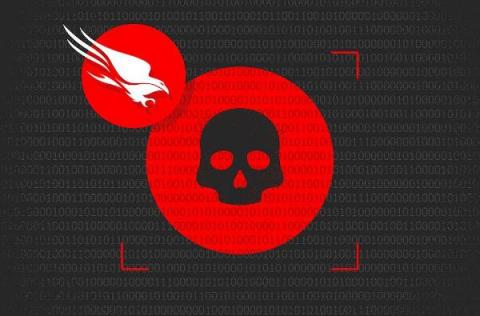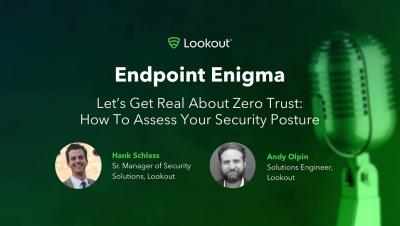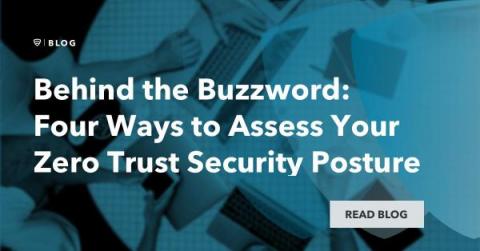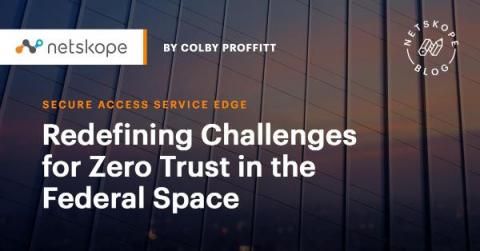VIDEO: ZTNA vs VPN
With the emergence of remote work, IT leaders have had to react quickly, many decide to simply buy more VPNs. Now years later, 77% of companies will make hybrid work a permanent fixture. They’re looking for better alternatives for application connectivity. The new reality is that user experience is key to productivity. Ransomware has grown 500% year over year, and VPNs are one of the largest culprits because they allow network access.



